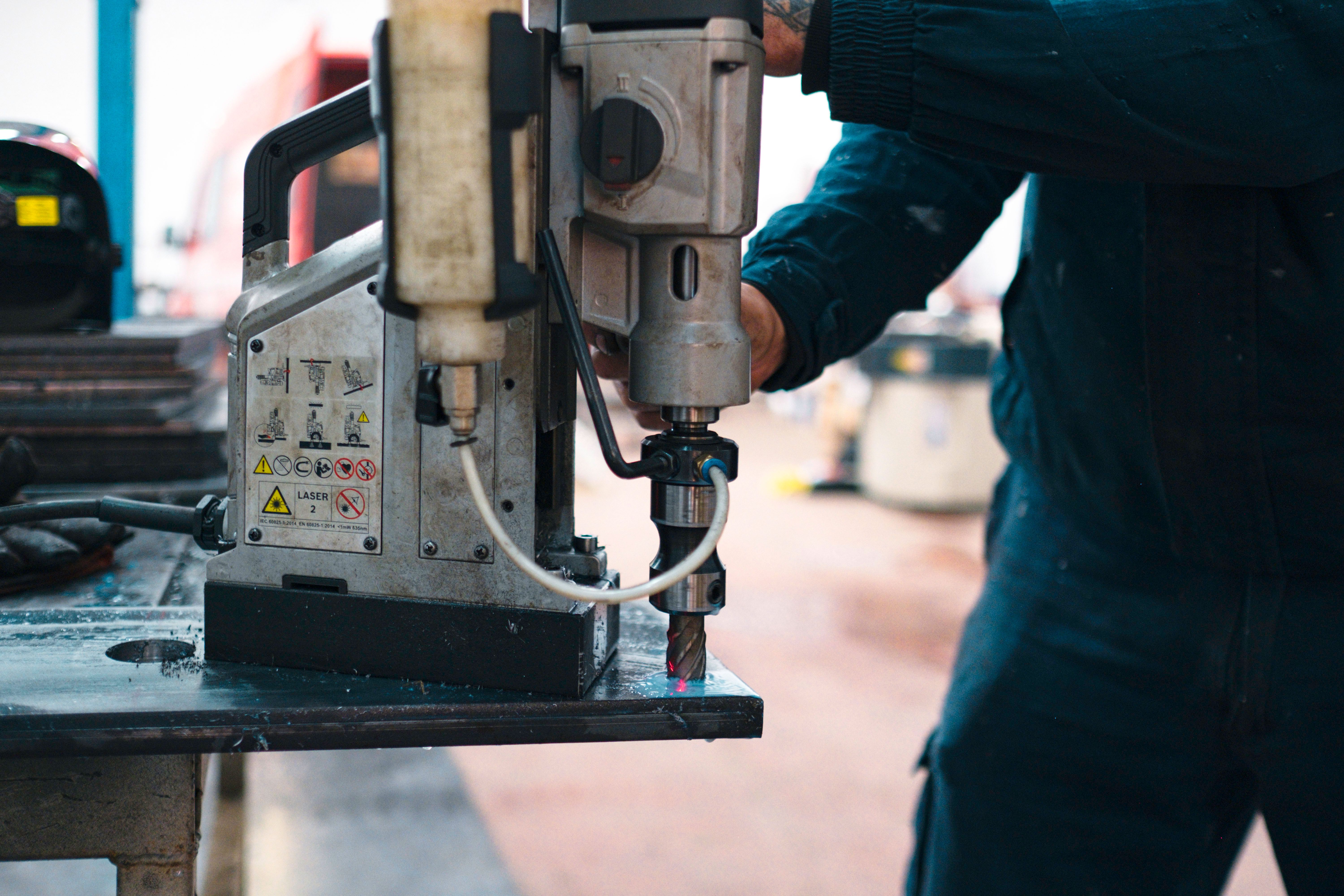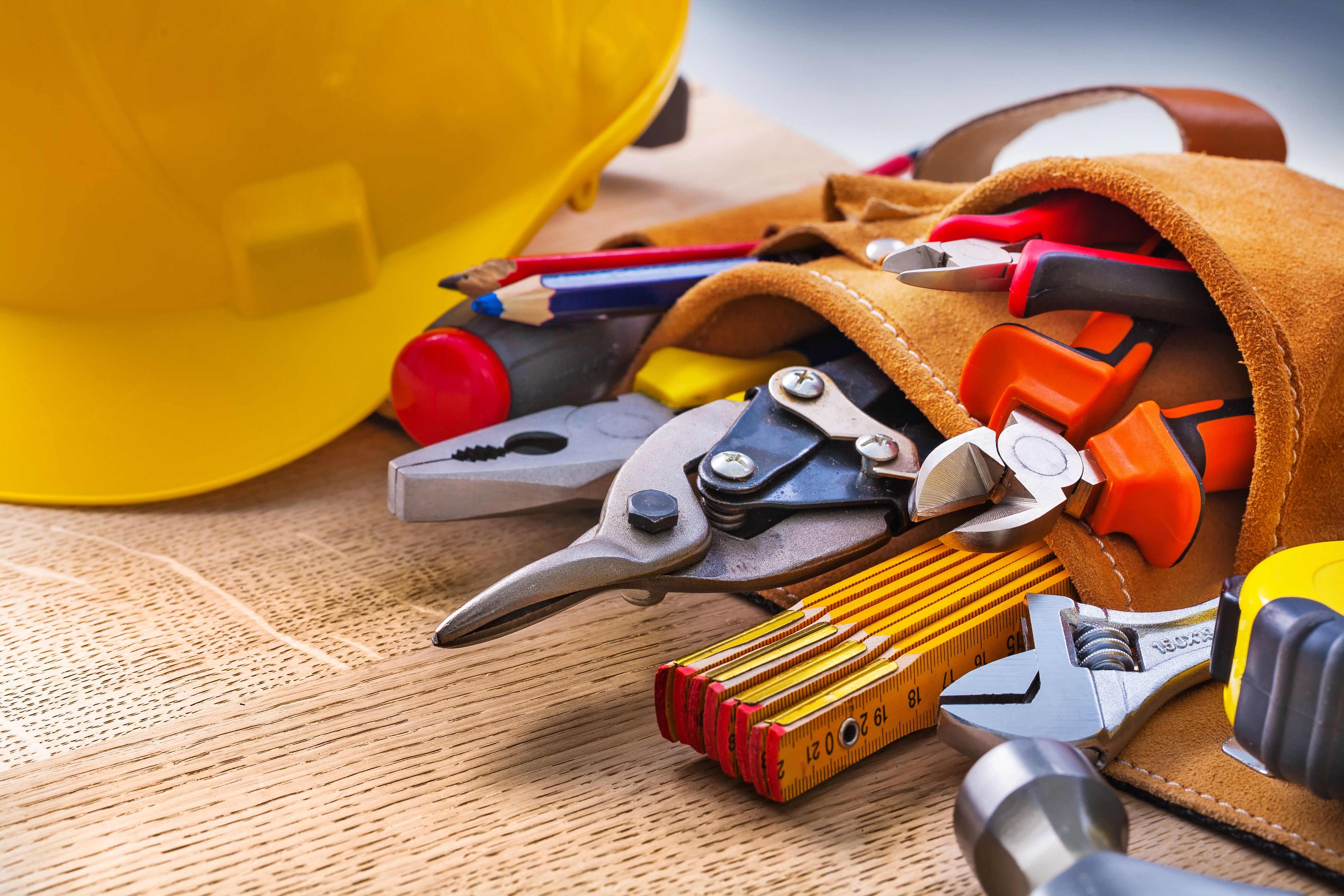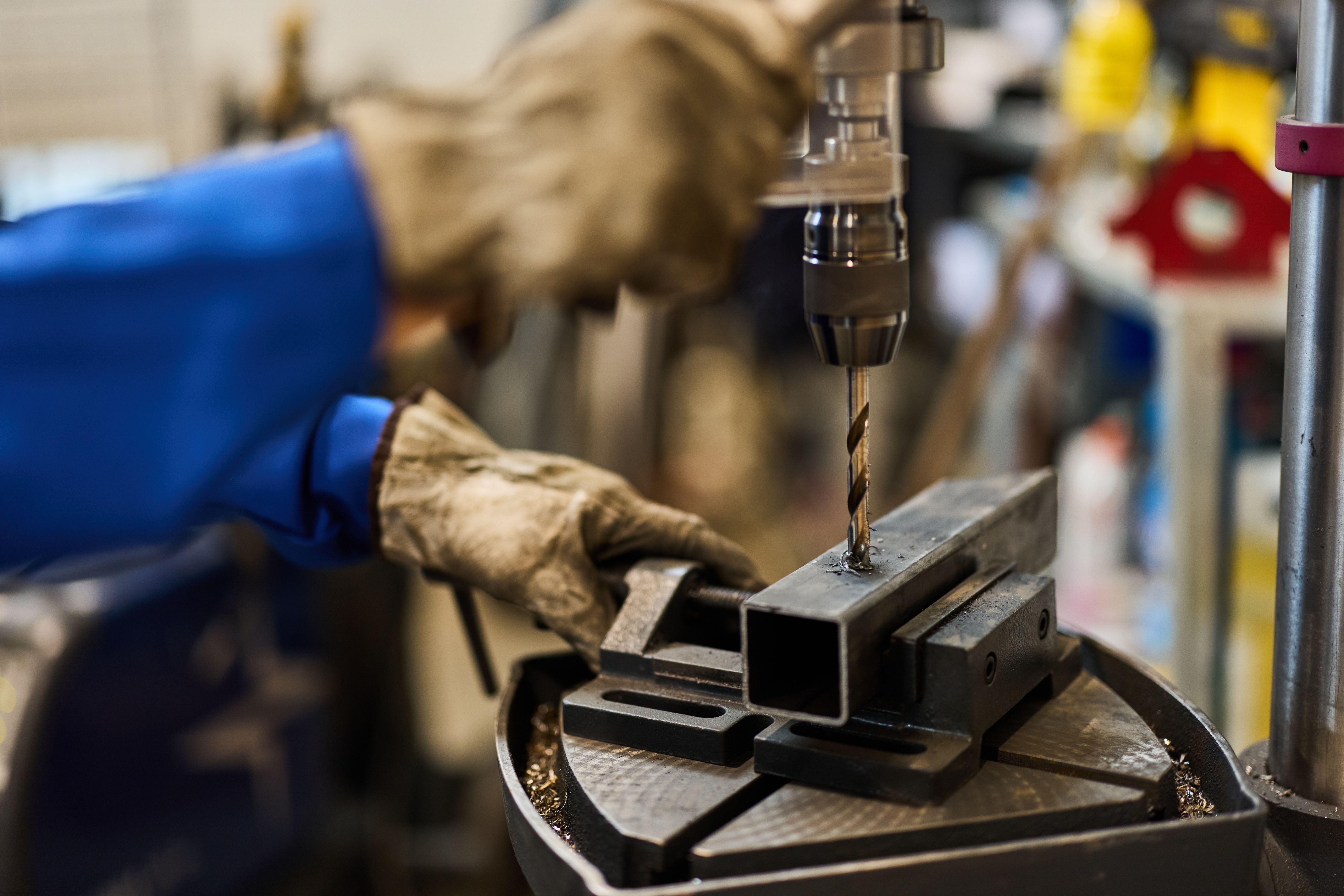Choosing the Right Magnetic Drill: Expert Tips and FAQs
RR
Understanding Magnetic Drills
Magnetic drills, also known as mag drills, are specialized tools designed for drilling holes in metal surfaces. Their portability and efficiency make them indispensable in construction, fabrication, and manufacturing industries. Choosing the right magnetic drill can significantly impact the quality and efficiency of your work, so understanding their key features is crucial.

Types of Magnetic Drills
There are two primary types of magnetic drills: electromagnetic drills and permanent magnet drills. Electromagnetic drills rely on electricity to generate a magnetic field, offering flexibility and control over the magnetic force. Permanent magnet drills, on the other hand, use a permanent magnet to create their holding power, making them ideal for applications where electricity is not readily available.
Key Features to Consider
When selecting a magnetic drill, it's essential to consider several key features:
- Power and Speed: Look for a drill with a motor powerful enough to handle your specific drilling needs. Variable speed settings can offer greater control.
- Drilling Capacity: Consider the maximum hole diameter and depth the drill can achieve.
- Magnetic Strength: Ensure the magnet is strong enough to provide a secure hold on your workpiece.
- Portability: If you need to move the drill frequently, consider its weight and ease of transportation.

Expert Tips for Choosing the Right Magnetic Drill
Here are some expert tips to help you make an informed decision when choosing a magnetic drill:
- Assess Your Needs: Evaluate the materials and thicknesses you will be working with to ensure the drill can handle them.
- Check Compatibility: Make sure the drill is compatible with the types of annular cutters or drill bits you plan to use.
- Consider Ergonomics: A well-designed handle and control layout can reduce operator fatigue during extended use.
- Look for Safety Features: Features like overload protection and chip guards enhance safety during operation.
Frequently Asked Questions
Q: How does a magnetic drill work?
A: A magnetic drill works by using a powerful magnet to secure itself to a metal surface. The magnet holds the drill in place while the motor drives the drill bit or annular cutter through the material.
Q: Can I use a magnetic drill on non-metal surfaces?
A: No, magnetic drills require a ferrous metal surface to attach securely. They are not suitable for non-metal surfaces.

Maintenance and Care
Proper maintenance of your magnetic drill can prolong its lifespan and ensure optimal performance. Regularly check for wear on the drill bits or annular cutters and replace them as needed. Clean the magnet surface to maintain its holding power and inspect all electrical components for signs of damage. By following these maintenance tips, you can keep your magnetic drill in excellent working condition for years to come.
In conclusion, choosing the right magnetic drill involves understanding your specific needs and considering essential features such as power, capacity, and portability. By following expert advice and regularly maintaining your equipment, you can ensure that your magnetic drill remains a valuable asset in your toolkit.